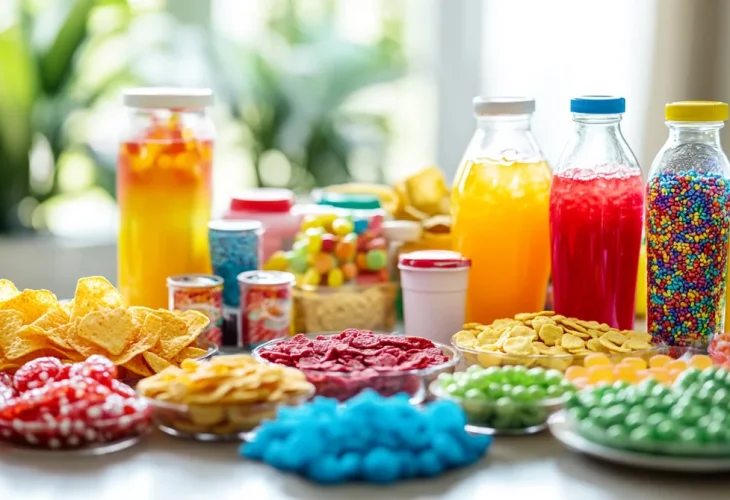Health and Nutrition
Are Artificial Food Dyes Harmful? What You Need to Know About Their Health Risks
New studies link synthetic food colorings to cancer, ADHD, and behavioral issues

Artificial food dyes, used to make processed foods look more appealing, are raising growing concerns among public health experts. Recent studies suggest that these synthetic colorings may be linked to various health issues, including cancer and attention disorders, especially in children.
Where Are Artificial Food Dyes Found?
These dyes are widely used in a range of everyday products, from snacks, candies, gum, and soft drinks to breakfast cereals, sauces, desserts, cakes, and even children’s yogurts. Most of these colors are synthetic and lab-made, not derived from natural sources. Common examples include:
Tartrazine (Yellow) – listed as E102
Azorubine (Red) – listed as E129
Brilliant Blue (Blue 1) – listed as E133
Although certain food dyes are still legally approved by health authorities under restricted use, public awareness of their potential health risks is on the rise.
Health Risks: From Hyperactivity to Cancer
Numerous studies have linked excessive consumption of artificial dyes to hyperactivity, attention issues, and behavioral problems in children. In some countries, like the UK, food manufacturers are required to place warning labels on products containing synthetic dyes. Across Europe, there's a growing trend to switch to natural alternatives such as beetroot, turmeric, and paprika.
In January, the U.S. Food and Drug Administration (FDA) banned the use of Red Dye No. 3 in food products after studies showed a link to thyroid cancer in lab rats. The dye, previously found in many candies and drinks, will be prohibited in food starting January 2027.
California has also begun restricting the use of other dyes, including Red No. 40 and Yellow No. 5, especially in school meals, due to concerns about their impact on children’s behavior. Studies have found that these dyes may trigger hyperactivity and attention difficulties, particularly in sensitive children.
A Shift Toward Safer Ingredients
U.S. Health Secretary Robert F. Kennedy Jr. recently announced a nationwide plan to phase out eight synthetic food dyes by 2027, encouraging food manufacturers to adopt natural alternatives like turmeric and beet juice. Companies will be required to reformulate products or include clear warnings on labels.
While the food industry has pushed back against these changes, the move reflects a significant shift in regulatory attitudes toward synthetic food additives. Experts recommend that consumers — especially parents — pay close attention to ingredient lists and choose products with natural ingredients, particularly for young children and individuals with sensitivities.

